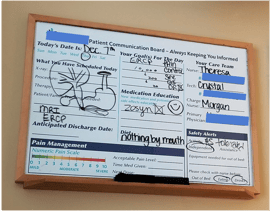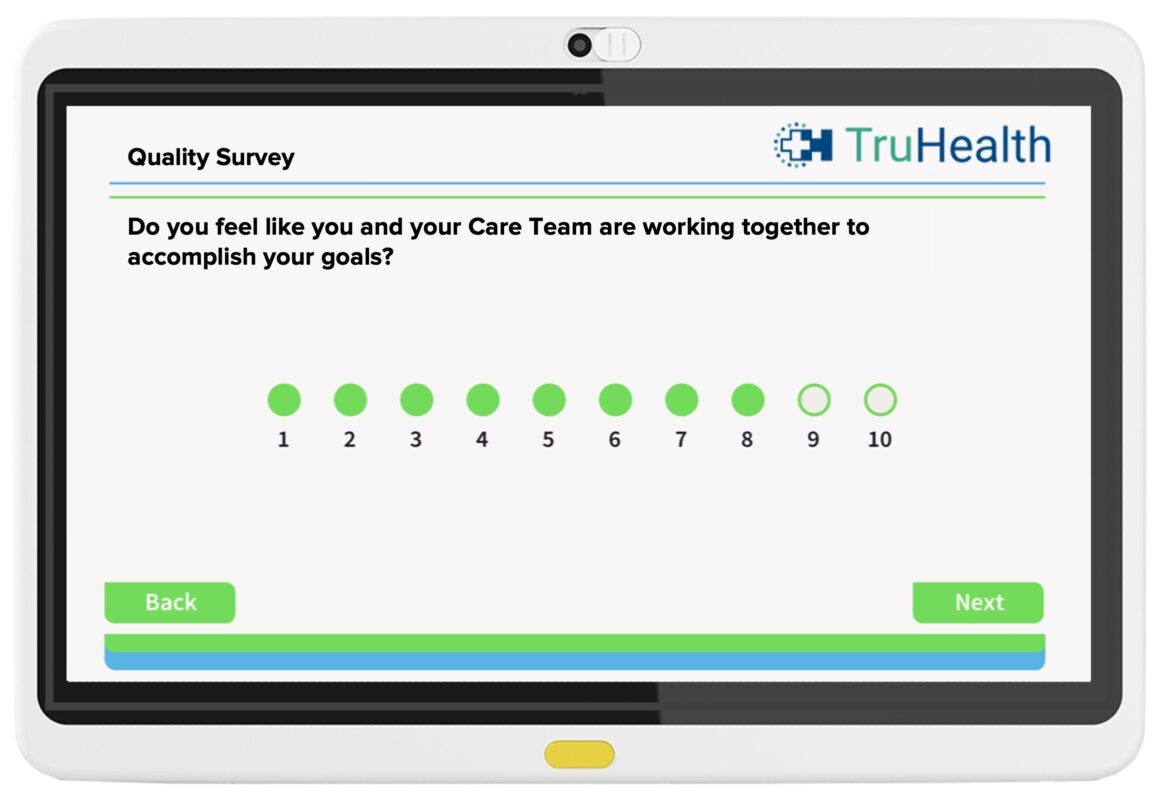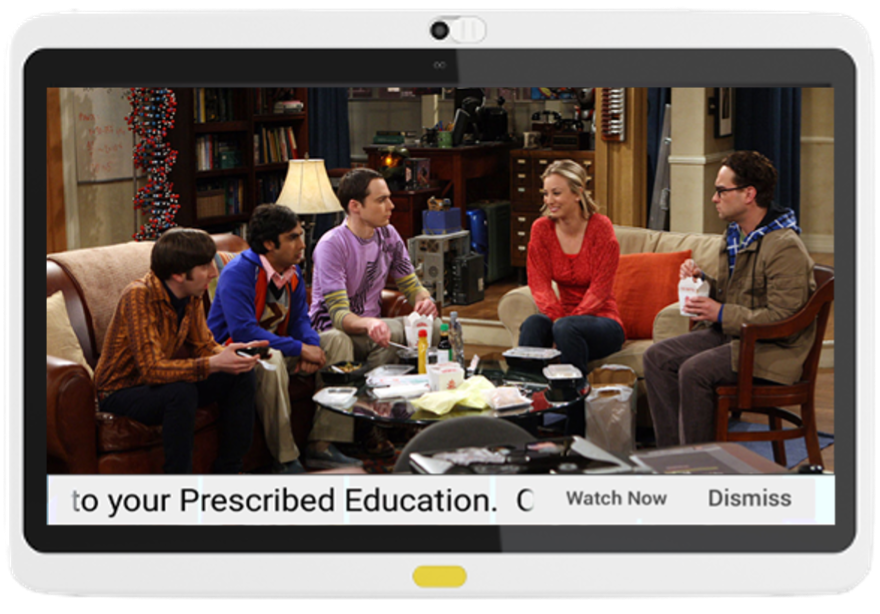Cost Savings and Better Health Literacy with MediaCare
Estimated reading time: 4 minutes
Cost savings with Digital Content: a Win-Win for Health Systems
In hospitals and healthcare facilities, whiteboards serve as the primary means of communicating patient information. They are relied upon by providers, nurses, family members, and most importantly, the patients themselves. However, the use of traditional manual whiteboards can be costly. To address this, healthcare facilities have the option to reduce expenses by implementing an integration platform that connects their systems together..

By implementing a comprehensive system of digital, condition-specific educational material, healthcare facilities can effectively decrease patient visits. According to a study, 75% of patients who utilized on-demand education reported that it significantly enhanced their understanding of their health condition. E-learning, in particular, has proven to be highly effective in engaging patients in their care plan, setting expectations, and boosting completion rates by 20%. Consequently, this approach has a substantial impact on reducing readmissions, allowing hospitals to potentially shorten patient length of stay by more than eight hours. Furthermore, by assigning patients multimedia education, they can be discharged up to three hours earlier.
Cost savings extend beyond education alone. Providing patients with paper handouts involves the expense of printing numerous pages and distributing additional copies. Depending on a patient's literacy and understanding, these handouts may or may not be read and comprehended. However, with an integrated interactive whiteboard system, healthcare facilities can prescribe, assign, and push educational content directly to patients. Efficiently managed digital education has a measurable impact on reducing readmissions, which is a crucial quality of care metric used by CMS to assess and penalize healthcare facilities.
When considering whether to adopt an integration platform, the costs associated with printed materials are often overlooked. Large hospitals can print up to eight million pages annually, resulting in an average cost of $3.8 million. By implementing a centrally managed system, hospitals can achieve cost reductions of 35-40% or more in total print volume, in addition to a 30% or higher reduction in toner and ink expenses. Overall, this translates to an average 25-35% reduction in externally sourced print costs throughout the supply chain.
E-learning helps adherence and better health literacy
Imagine the power of enhancing patient literacy through a comprehensive digital education content system. By incorporating multimedia education, we can make significant strides in reducing readmissions, cutting costs, and even avoiding penalties from CMS.
Shockingly, over 125,000 deaths occur annually due to cardiovascular and heart conditions, but 26% of those deaths could be prevented with educational content and compliance. Patients are eager to embrace e-learning, with one in three individuals claiming that patient education is the most utilized service on their in-room television.
With smart room solutions, healthcare systems have the opportunity to reduce expenses associated with printed educational materials while closely monitoring compliance and comprehension rates. Clinicians can seamlessly assign and deliver education directly to patients via their in-room televisions, sending reminders to complete assigned coursework and addressing any questions patients may have. This approach greatly enhances patient adherence and empowers individuals to make better choices after their stay.
By utilizing a digital whiteboard for patient education or combining digital content with existing paper handouts, a fully integrated solution can significantly reduce printing costs, promote patient health literacy, and effectively decrease readmissions through improved rates of adherence.
Learn how digital patient education lowers your operating costs and empowers patients.
Share this
You May Also Like





